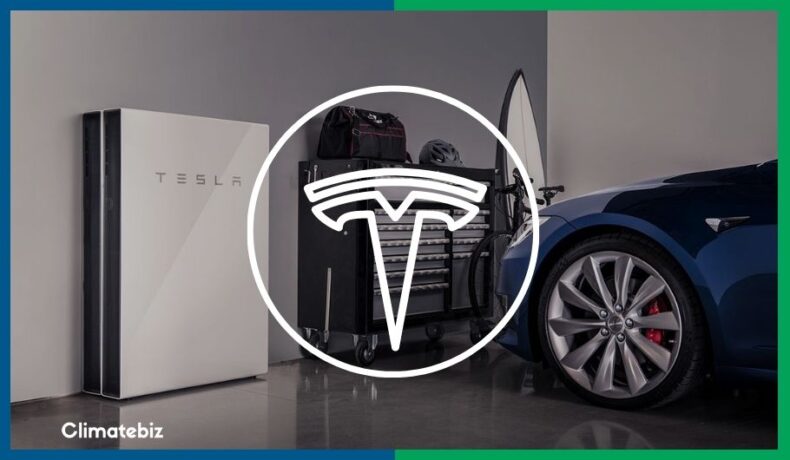
Various solar batteries exist in today’s market. Each of them comes with its respective advantages and disadvantages. These solar batteries are specially designed for solar systems and differ from regular EV batteries.
So, what types of solar batteries are out there? Currently, there are four types of batteries fitted for solar energy storage, including:
- Lead-Acid batteries.
- Lithium batteries.
- Red-ox flow batteries.
- Hydrogen batteries.
In this article, we review each type of battery and its technological variations. Additionally, we discuss what you can expect from a quality solar battery.
Affiliate Disclaimer
Table of Contents
What are the different types of solar batteries?
The four types of solar batteries commercially available are:
- Lead-acid.
- Lithium batteries.
- Red-ox flow.
- Hydrogen technologies.
Lead-Acid Batteries
Lead acid is the oldest rechargeable battery tech, created in 1857 by Gaston Planté. Their main active material is lead. Often compared to lithium batteries, we could divide them into three types that are suited to store solar energy:
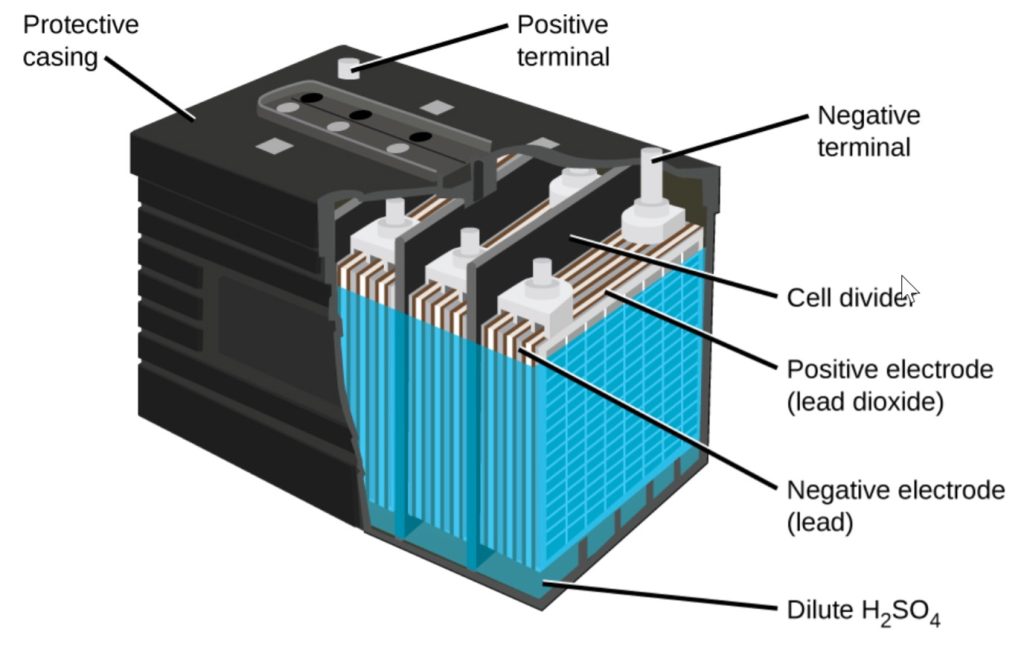
GEL batteries
The GEL-type battery is sealed and maintenance-free. It was invented 70 years ago by a German company. Its main feature is the gel electrolyte. Therefore, this solar battery is safe. No gas outburst and leakage of electrolytes can occur under normal usage conditions.
Technically, a gel battery for solar energy contains:
- Positive electrode: PbO2 (lead oxide).
- Negative electrode: Pb (pure lead).
- Electrolyte: H2SO4 (sulfuric acid as a gel).
- Membrane separator.
This battery’s basic working principle involves exchanging H+ ions between the positive and negative electrodes through the electrolyte. This movement of ions creates a flow of electrons (electricity) outside the battery to power a load. The opposite reaction happens when the battery is charged with solar energy.
AGM batteries
The AGM solar battery is another type of lead-acid battery invented in the ’80s. AGM means Absorbed Glass Mat. In this battery, the acid electrolyte is absorbed on a glass matt. Therefore, the battery is safe and leakproof.
It shares the same components as the gel battery, except the electrolyte is absorbed on a fiberglass mat.
The working principle is exactly the same as the gel battery. A flow of H+ ions between the two electrodes generates a current.
Tubular Lead-Acid Batteries: OPzV
One of the latest additions to the lead-acid solar battery, OPzV batteries from the German: O ‘Ortsfest’ (stationary), Pz ‘PanZerplatte’ (tubular plate), V Verschlossen (closed).
They are fitted for stationary applications, using tubes as electrodes. This specific design allows more contact with the acidic electrolyte compared to AGM and GEL batteries.
OPzV batteries are sealed, and the electrolyte is of a gel type. Technically, they share the exact same materials with GEL and AGM types. Therefore, their working principle is the same.
Lithium Batteries
Lithium-ion batteries were invented in the ’80s and reached the market in the late ’90s. They take advantage of Lithium in the form of an ion: Li+, to generate or store electricity.
Let’s have a look at the 2 main lithium-ion technologies for solar batteries:
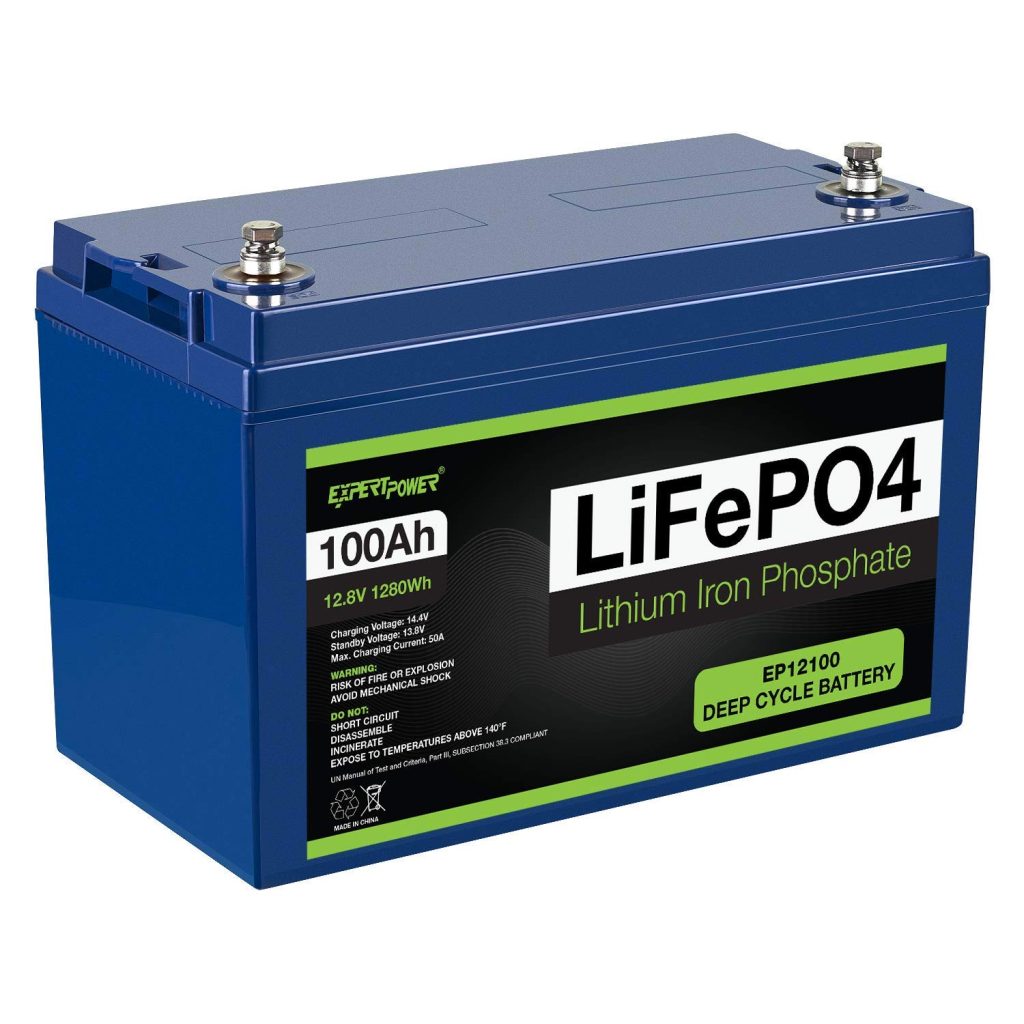
LiFePO4 batteries
LiFePO4 batteries are the most common type of Lithium solar batteries nowadays. They are made of the following parts:
- Positive electrode: Lithium oxide LiFePO4 (Lithium Iron Phosphate).
- Negative electrode: Carbon.
- Electrolyte: lithium salt (Li+, gel type).
- Membrane separator.
Their working principle is based on the exchange of lithium ions (Li+) from one electrode to another, thanks to the electrolyte. This flow of ions generates a current outside the battery cell.
Lithium-titanate (LTO) batteries
Lithium-titanate (LTO) batteries are the third type of lithium-ion solar battery. It works similarly to LiFePo4 batteries. However, it features different electrode materials:
- Negative electrode (anode): Li2TiO3 (LTO): Lithium Titanate Oxide.
- Positive electrode (cathode): lithium manganese oxide.
LTO solar batteries are extremely robust (up to 30’000 cycles, 10 years) and powerful.
Vanadium Red-ox flow batteries (VRB)
Vanadium red-ox flow batteries were invented in the late ’80s in Australia. Like other solar batteries, they are electrochemical storage systems. However, their working principle and parts are slightly different. In a VRB, the electrolyte is flowing and is the main active component of the battery.
A VRB consists of the following:
- Two tanks of liquid acid electrolytes containing Vanadium ions (V2+).
- Two carbon electrodes.
- An Ion exchange membrane.
Unlike other batteries, the storage capacity in a VRB is determined by the volume of each electrolyte. When the electrolytes are flowing, an electrochemical reaction occurs at the electrodes with the vanadium ions, thus generating current outside the battery.
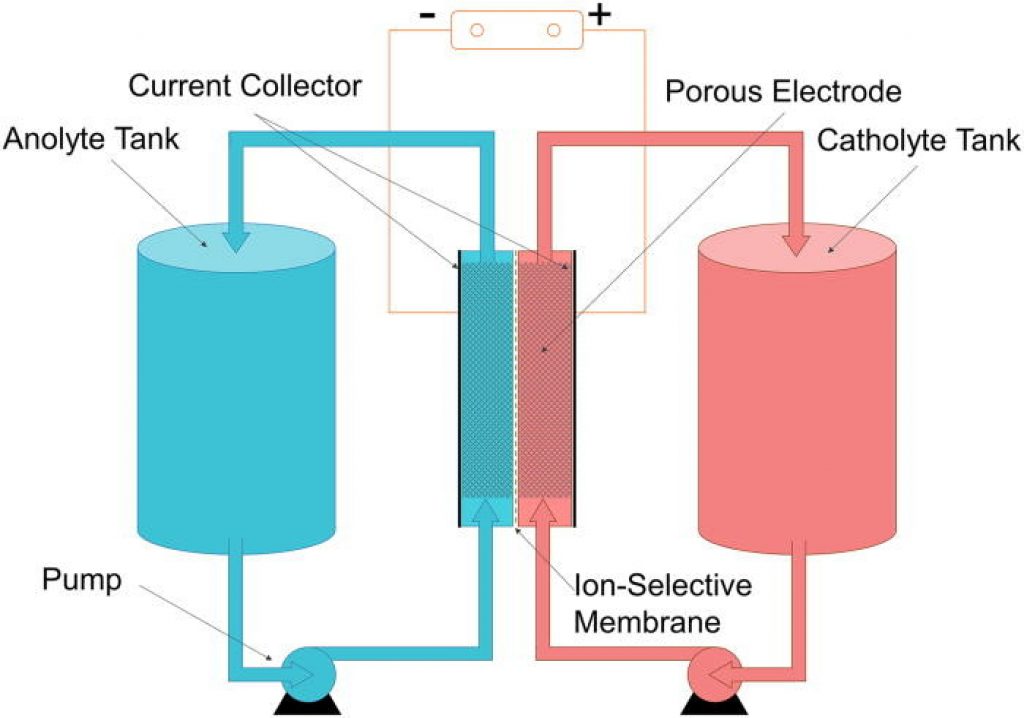
Hydrogen Batteries
Hydrogen batteries are better known as hydrogen fuel cells. This type of energy storage system takes advantage of the properties of hydrogen and oxygen.
It consists of a:
- Hydrogen storage tank.
- Positive electrode (cathode, graphite).
- Negative electrode (anode, platinum).
- Proton exchange membrane (PEM).
Hydrogen enters the system as a gas at the negative electrode (anode). There, a platinum catalyst helps to split hydrogen into positive ions (H+) and negative electrons (e-). Then, the PEM membrane lets the H+ through, and the electrons flow outside the system, creating an electric current. In the meantime, the H+ at the cathode (positive electrode) combines with oxygen (O2) from the air to create water (H2O) as a byproduct.
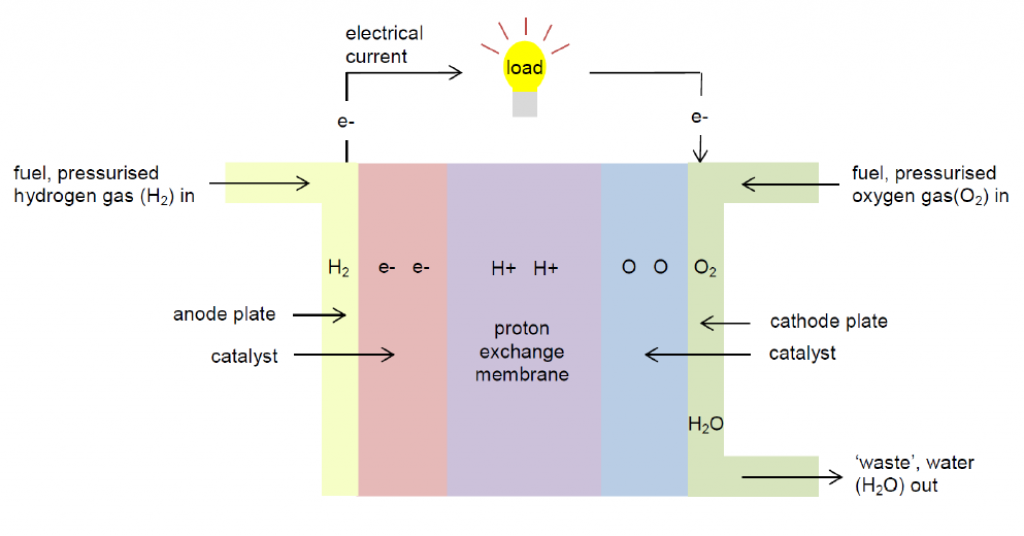
Now that you know all the different types of solar batteries, you might wonder what would be the best for your system. Let’s have a closer look at their main advantages and disadvantages.
Why do we need good solar batteries?
Our sun provides enormous quantities of energy to the earth’s surface. Our planet receives more energy from one hour of sunlight than the world consumes in a year.
Calculations show that a solar farm the size of Texas would be enough to cover 100% of humanity’s energy needs for one year. Additionally, solar energy is now the cheapest source of electricity in most countries around the world.
Those figures are impressive, and you may wonder why we aren’t moving faster to adopt solar energy.
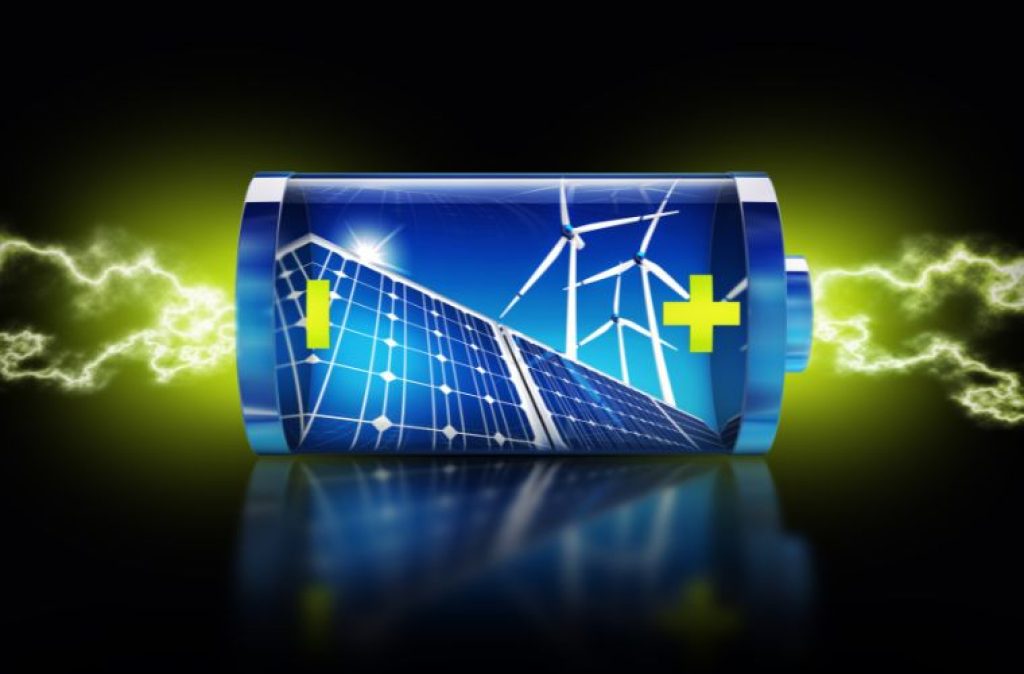
At this stage, only 3% of worldwide electricity is produced using solar panels. This is primarily because solar energy is intermittent, meaning that our sun doesn’t shine with the same intensity all the time, especially at night.
Therefore, like most renewable energy sources, we must store solar energy to use it on demand.
Currently, the most optimal way to store solar energy is via a solar battery. Let’s take a look at what makes a good solar battery.
What makes a good solar battery?
Solar batteries are specially designed to be charged with solar energy through a solar charge controller. The best types of solar batteries must combine the following characteristics:
Tolerance to intermittent charging
A solar battery must be able to tolerate intermittent charging because it needs to accommodate fluctuations in the amount of energy it receives from a solar array.
Solar panels generate varying energy levels based on weather conditions and time of day. The battery needs to be able to accommodate this variability without damaging the battery or reducing its overall performance.
Durability (high number of cycles charge/discharge, long life duration)
Solar batteries must be durable to withstand outdoor elements and harsh conditions where extreme temperatures, moisture, and vibration are present. Additionally, they must be able to handle numerous charge/discharge cycles throughout their lifetime.
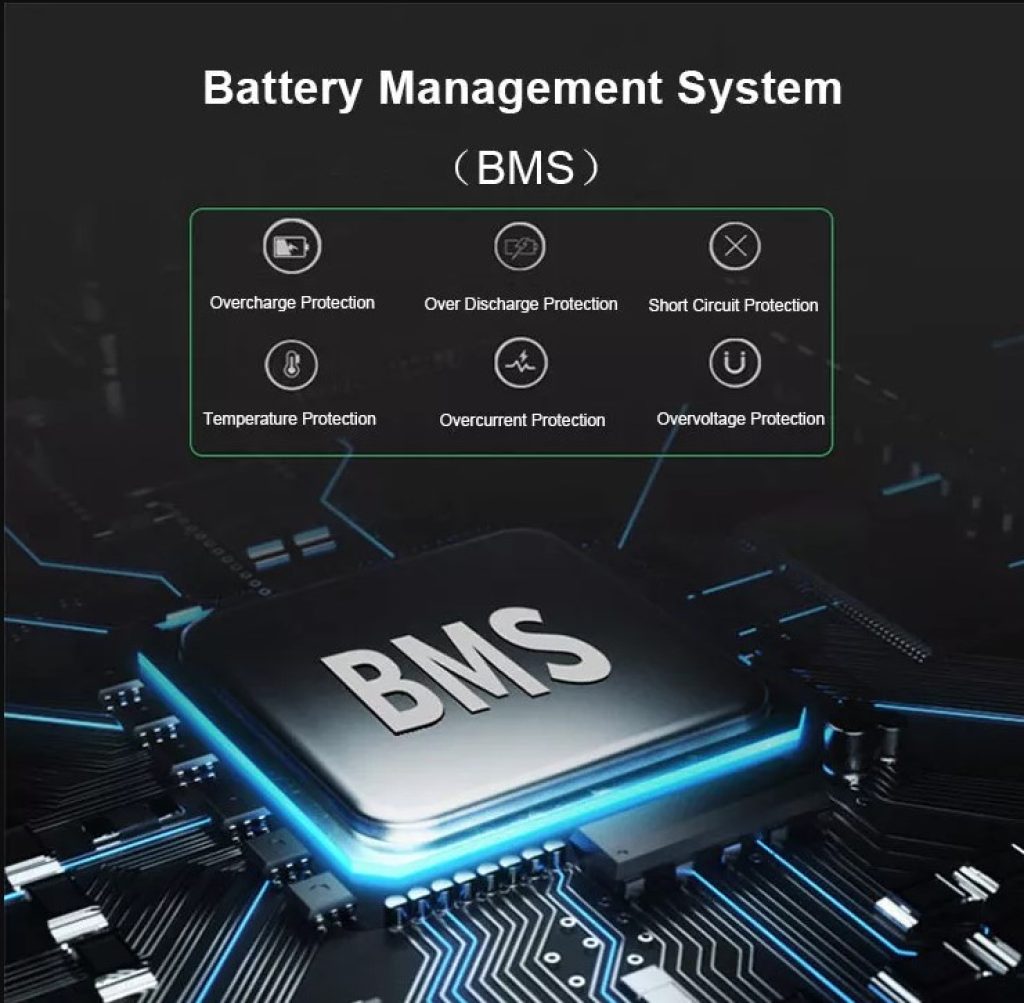
Battery management systems (BMS), ingress protection, and long cycle lifespans are all characteristic of durable batteries.
Many of the best batteries for solar panels can last 5000+ cycles (10 years).
Powerful
Solar batteries must be powerful to store your solar panels’ energy effectively.
A powerful battery with a high capacity will help you store surplus energy that you can use during power outages or when the sun isn’t shining.
Moreover, the most powerful types of solar batteries are better at handling the demands of high-power electrical appliances.
An example of a powerful solar battery is the Tesla Powerwall. It is a lithium-ion battery designed for residential energy storage that can store up to 13.5 kWh of energy.
Accept quick charging/discharging.
A solar battery must be able to accept quick charging and discharging because solar energy production can fluctuate rapidly based on weather conditions and several other factors.
For example, when the sun is shining, your solar panels will produce more energy than you may require. Your battery will need to store this surplus energy and does so via its quick charging capability.
Similarly, when your energy demand is high, your battery may need to discharge quickly to meet that demand. Quick discharging ensures that the stored energy is available when you need it, helping to ensure a steady supply of power even when the sun is not shining.
Safe
A solar battery must be safe to avoid the following:
- Fire hazards: Lithium-ion batteries, commonly used in solar batteries, can pose a fire hazard if damaged or poorly manufactured. A safe solar battery should have built-in safety features, such as thermal management systems, to prevent overheating and reduce fire risk.
- Chemical hazards: Solar batteries can contain chemicals like lead and sulfuric acid. If mishandled, these chemicals can pose a severe threat to your health as well as the environment. Therefore, a safe solar battery should be designed and manufactured to minimize the risk of chemical leaks and spills.
- Electrical hazards: A safe solar battery should have built-in safety features, such as short-circuit protection, to reduce the risk of electrical shock and other threats.
Compact & lightweight
Ideally, a quality solar battery should be as compact and lightweight as possible. A cumbersome and heavy battery will be difficult to maneuver, maintain and use in situations where space is limited.
The best RV and marine batteries have a good balance of power, capacity, and size.

Source: Battle Born
Cost-effective.
A cost-effective solar battery should have a reasonable upfront cost and provide a good return on investment (ROI) over time through energy savings and other benefits.
For example, a cost-effective solar battery should have a long lifespan, high efficiency, and low maintenance costs. Together, these factors can help reduce the total ownership cost over time.
Now, let’s have a closer look at the technologies they were able to develop (and still improving) as solar batteries.
Which Type Of Solar Battery Is Best For Me?
In this section, we will describe the pros and cons of each technology and summarize all of our findings in a comparative chart that will help with your decision.
Lead-acid solar batteries: pros and cons
AGM batteries
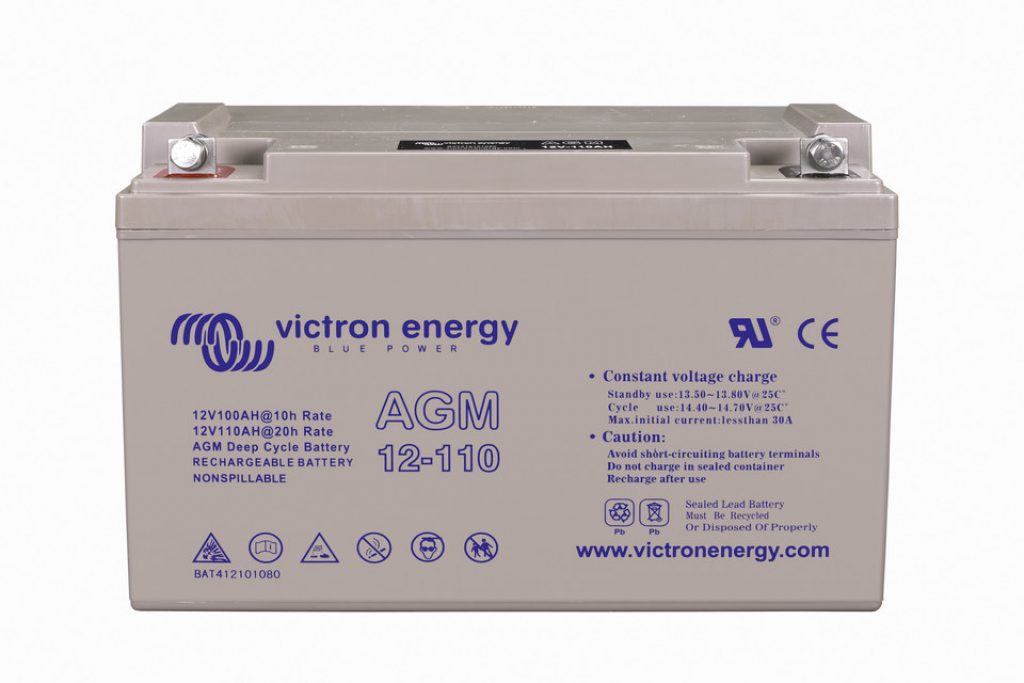
GEL batteries

OPZv batteries
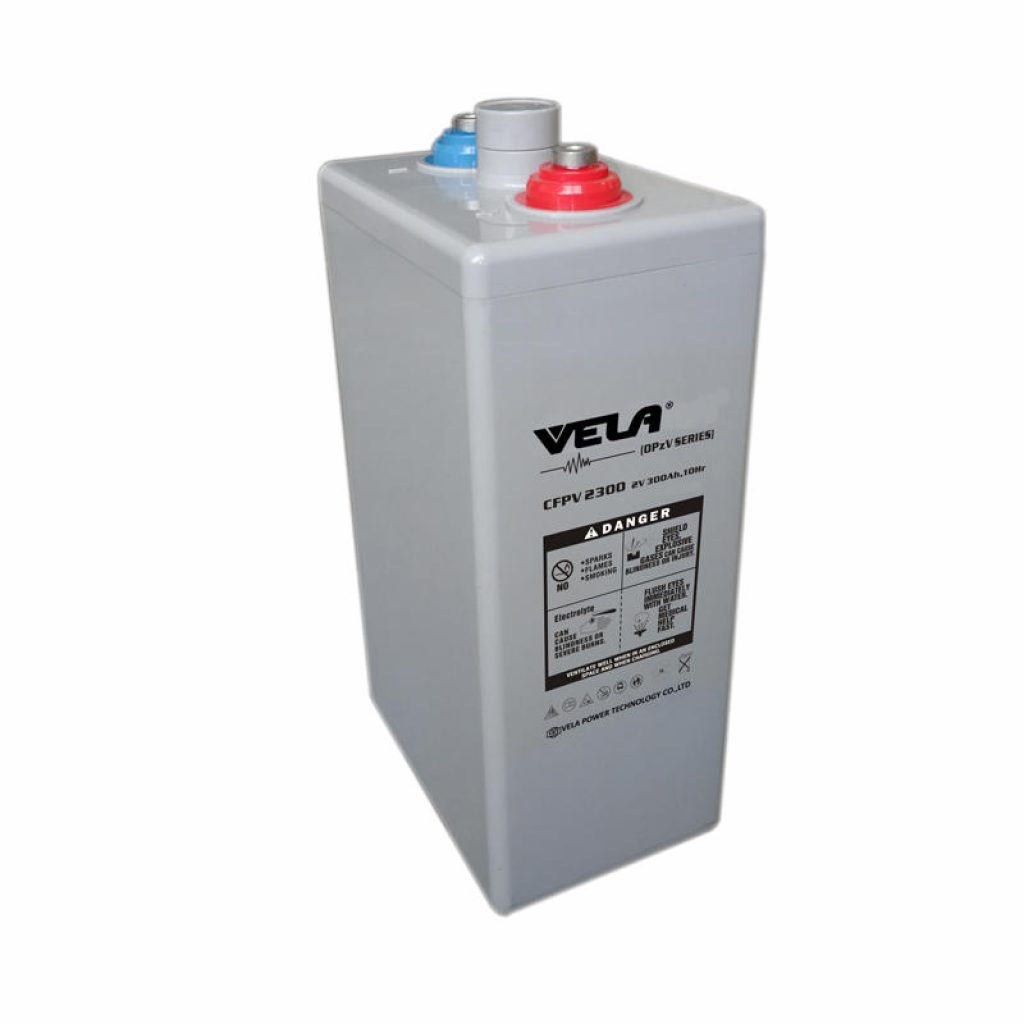
Lithium-ion solar batteries: pros and cons
LiFePO4 batteries
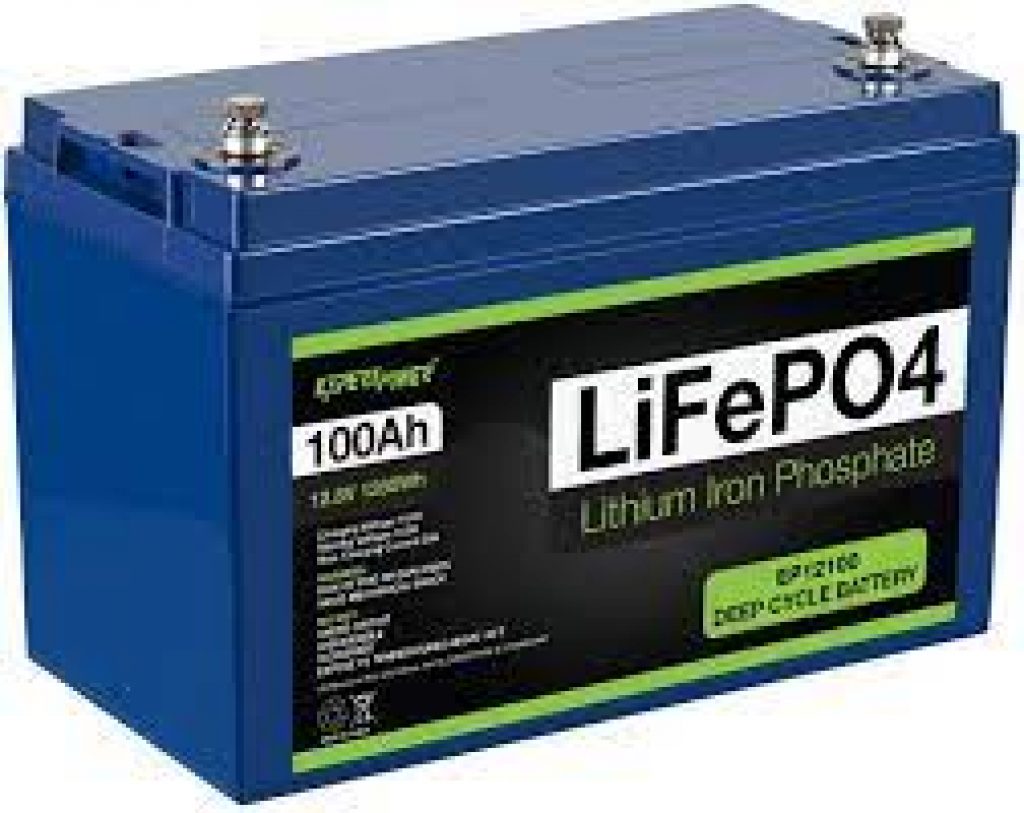
LTO batteries

Vanadium red-ox flow solar batteries: pros and cons

Pros And Cons Hydrogen Batteries
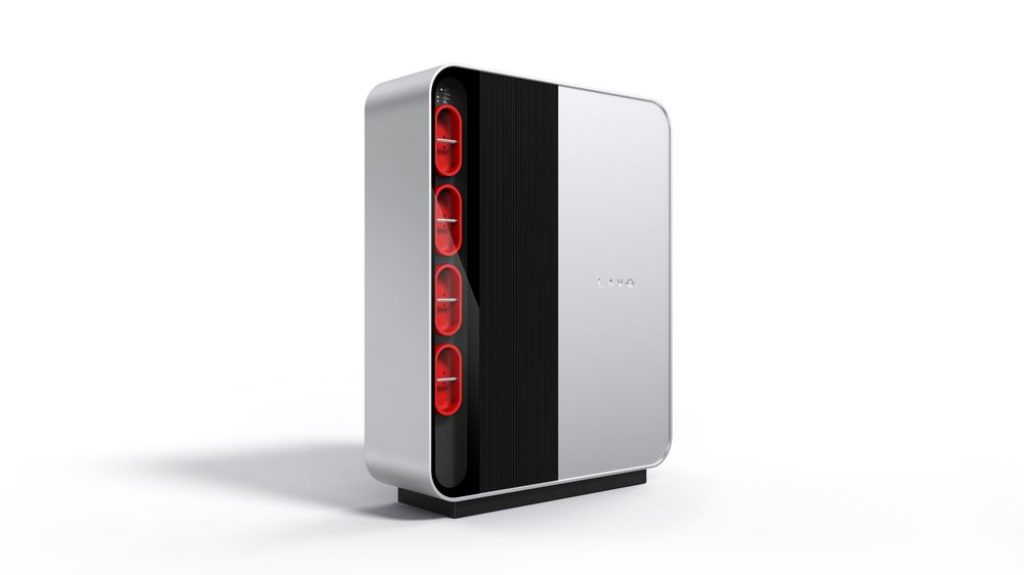
Solar batteries: comparative chart
| Life cycle | Price | Weight | Power | Capacity | Quick charge | Safety | |
|---|---|---|---|---|---|---|---|
| Lead-acid AGM | + | +++ | + | + | + | + | +++ |
| Lead-acid GEL | + | +++ | + | + | + | + | +++ |
| Lead-acid OPzV | ++ | +++ | + | +++ | ++ | + | +++ |
| LiFePO4 | +++ | ++ | +++ | +++ | ++ | +++ | ++ |
| LTO | +++ | ++ | +++ | +++ | ++ | +++ | ++ |
| Vanadium RedOx Flow | +++ | ++ | + | +++ | +++ | +++ | +++ |
| Hydrogen | +++ | + | ++ | +++ | +++ | +++ | ++ |
Which type of solar battery is the most expensive?
The average buying price of each solar battery in 2024 is as follows:
| AGM | $250 |
| GEL | $200 |
| OPzV | $500 |
| LiFePO4 | $2000 |
| LTO | $2500 |
| Vanadium Red-ox flow | $10000+ |
| Hydrogen | $10000+ |
It is well known that lithium batteries are the most expensive. However, the retail price of a battery does not reflect its real price. Batteries have different life duration, storage capacities, and abilities.
The Levelized cost of storage (LCOS) is the best way to compare the cost of various battery technologies. It is expressed in USD/kWh and considers each battery’s total life cycle.
Now let’s compare the average LCOS of each solar battery:
| AGM | 0.82 USD/kWh |
| GEL | 0.34 USD/kWh |
| OPzV | 0.25 USD/kWh |
| LiFePO4 | 0.13 USD/kWh |
| LTO | 0.04 USD/kWh |
| Vanadium Red-ox flow | 0.04 USD/kWh |
| Hydrogen battery | 0.13 USD/kWh |
In the end, lithium technologies, red-ox flow, and hydrogen are much cheaper than lead-acid batteries over their lifetime.
Related reading: Hydrogen fuel cells vs. lithium-ion batteries: Powering EVs
Final Thoughts
The price of lithium batteries is going down and is expected to continue its decrease in the coming years. Therefore, there is no doubt that this technology will dominate the solar battery market, and lead-acid technologies will be phased out. LTO is predicted to be the main lithium solar battery technology in a few years, thanks to its extreme durability and super-fast charging/discharging abilities.
In the future, hydrogen technologies might also get a share of the domestic energy storage market, whereas Red-ox flow batteries will be for industrial applications only.


